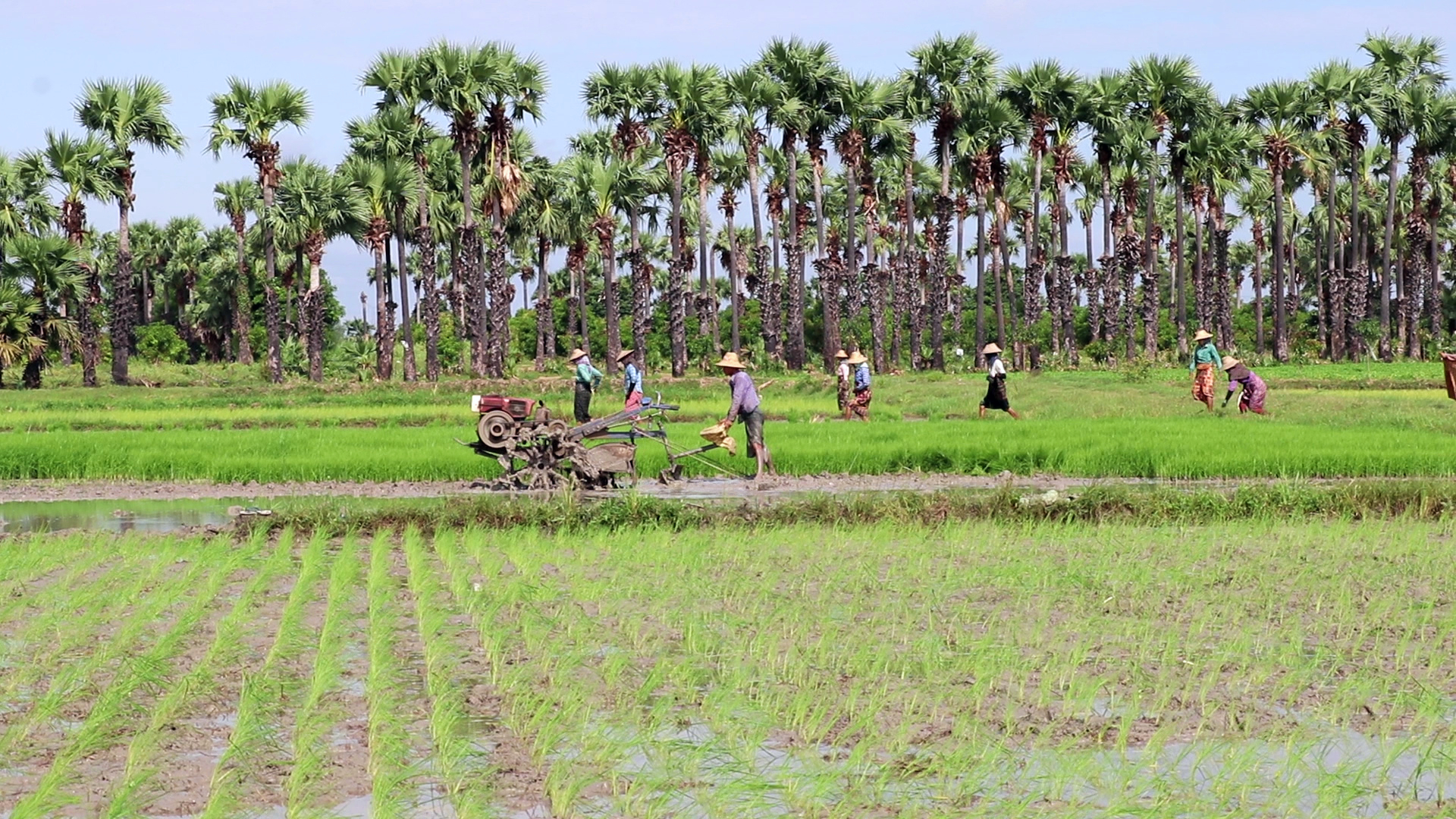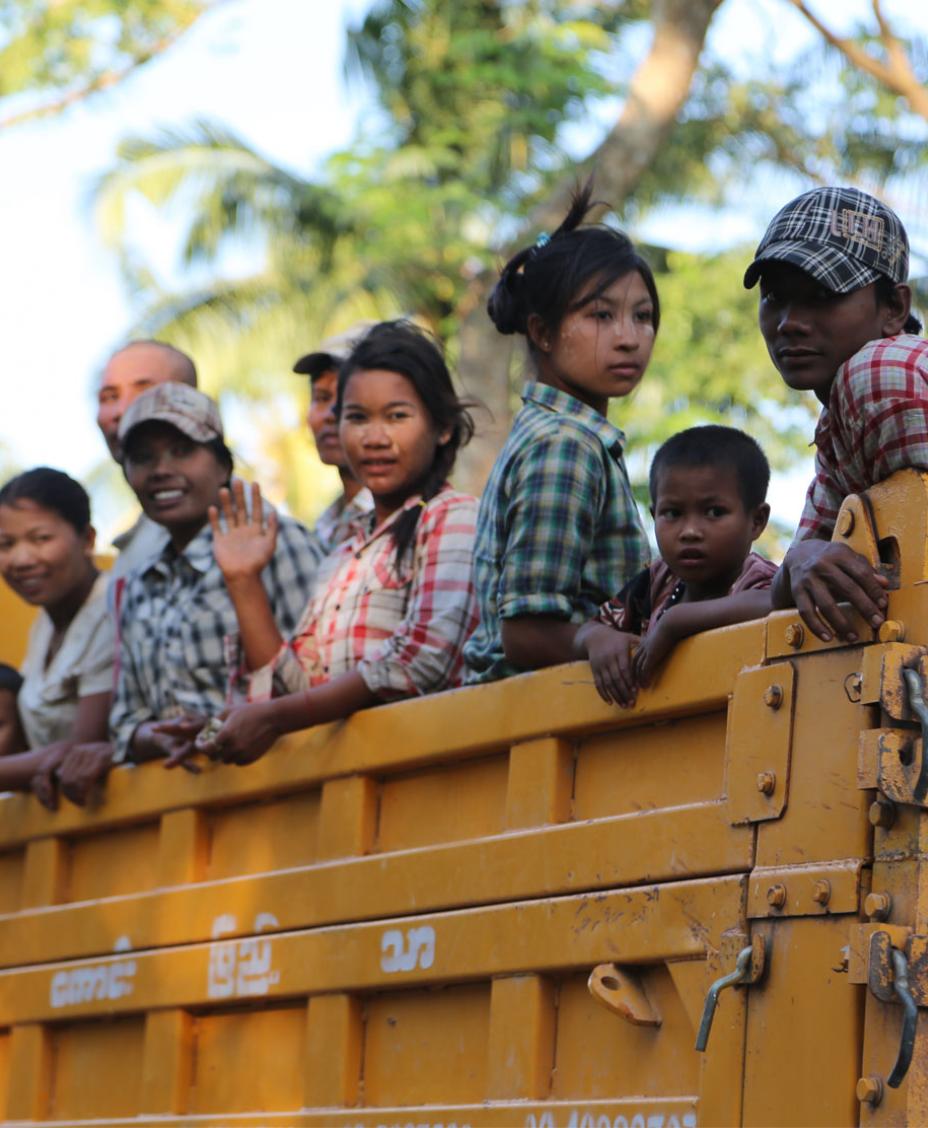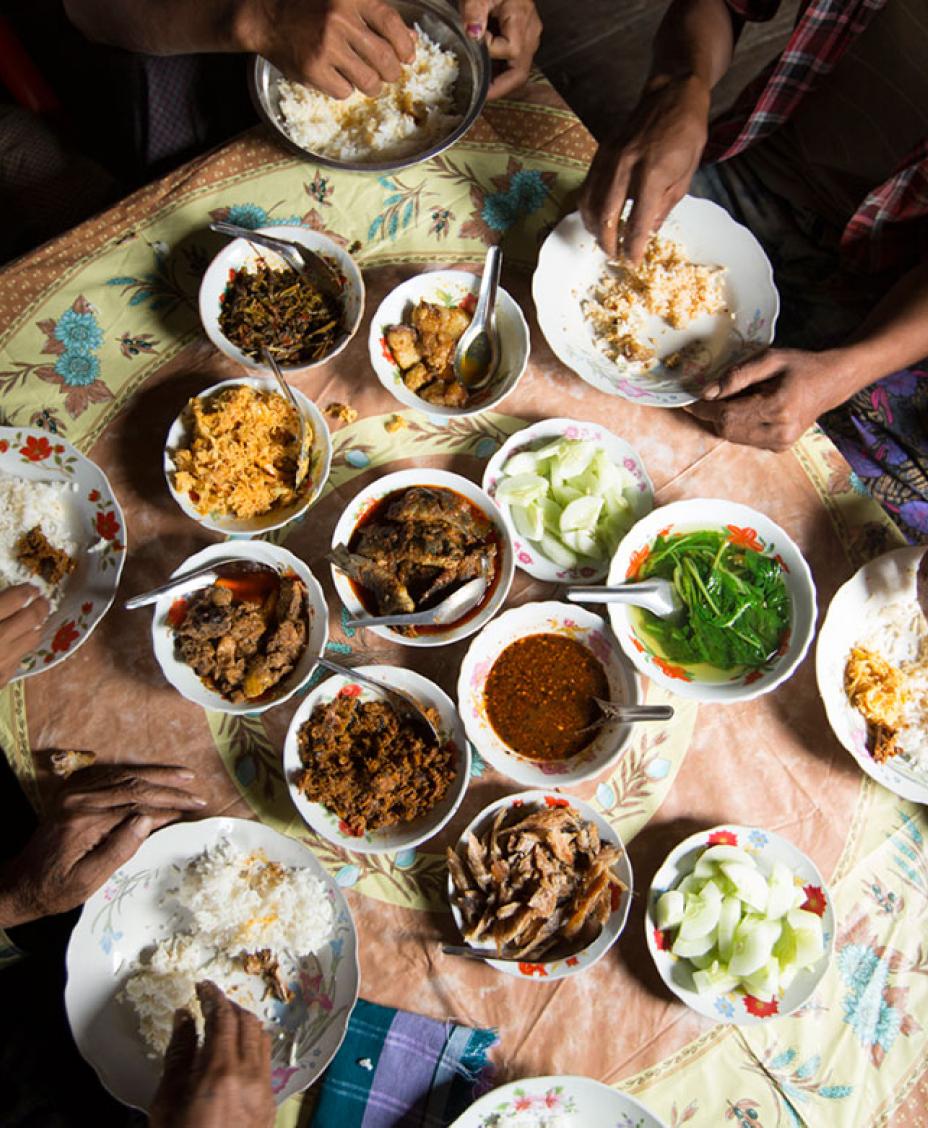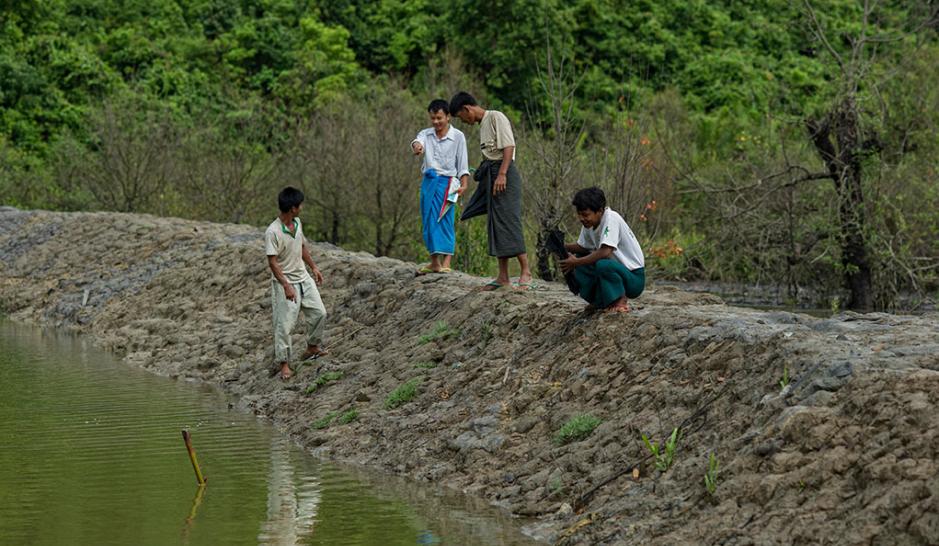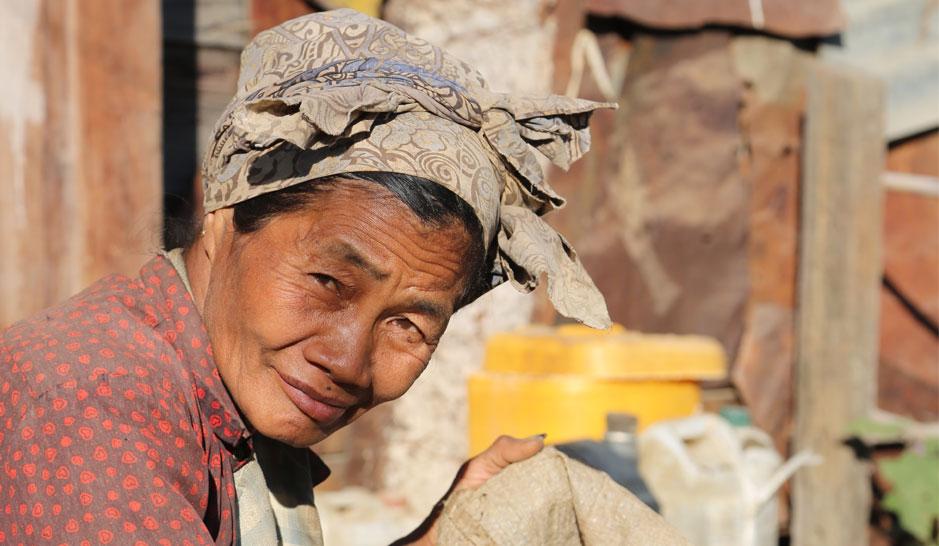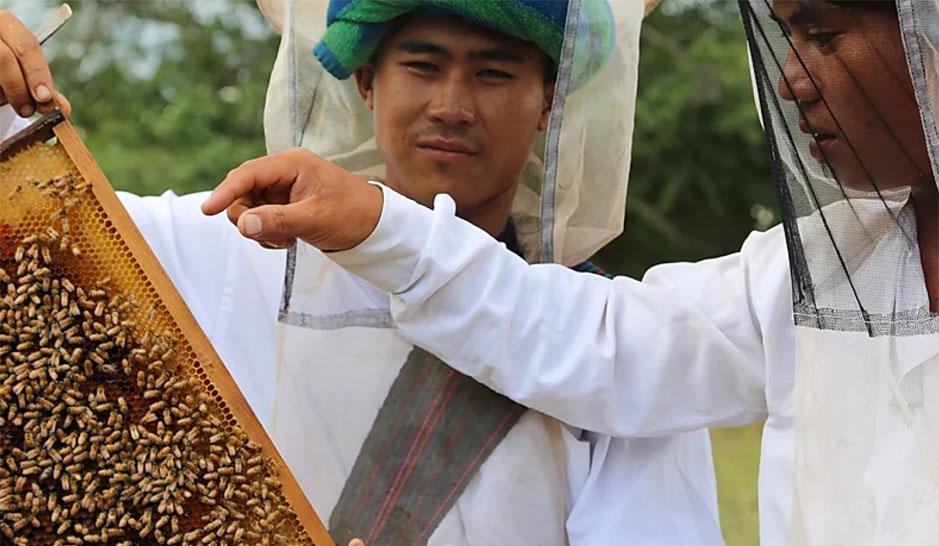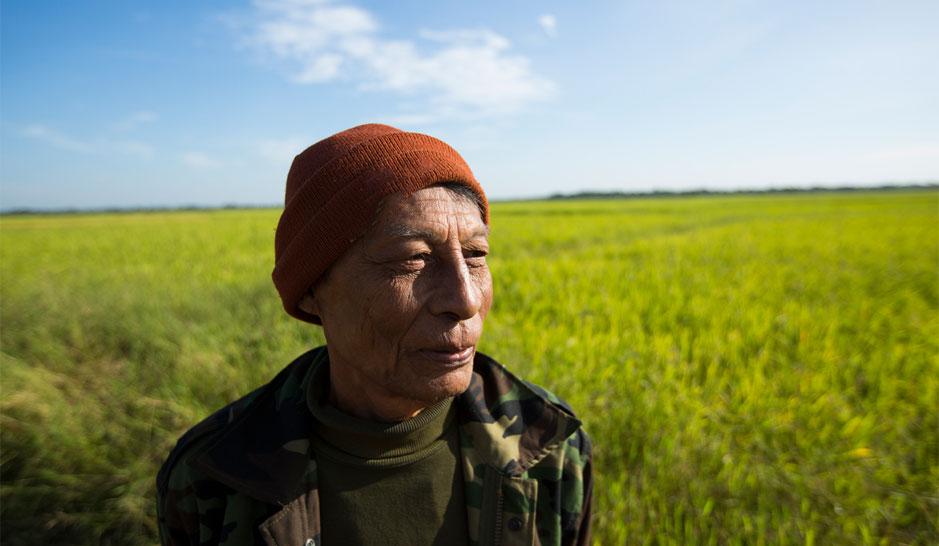Humanitarian response
2009-2012: LIFT was implemented after Cyclone Nargis struck Myanmar in 2008 and caused the loss of 140,000 lives and the displacement of 800,000 people. The first years of LIFT were predominantly focused on humanitarian and rehabilitation work for rural households affected by natural disaster.
Development through food security
2012-2014: Since the beginning of LIFT, Myanmar has made significant progress on disaster preparedness. LIFT’s second strategy therefore shifted towards a more development-oriented approach to increase food security and incomes through agriculture and non-farm income generating activities.
Improved nutrition and migration
2014-2018: LIFT’s third and major strategic revision took an explicitly development-oriented approach with a stronger focus on nutrition and a new stream of work on migration. LIFT’s programmes worked to help target beneficiary groups to ‘step up’ into commercial value chains, ‘step out’ of marginalised farming and into more profitable agricultural and non-farm support jobs, and to ‘hang in’, gaining better nutrition and skills that will enable them to later ‘step up’ or ‘step out’.
Leaving no one behind
2019-2023: This phase of LIFT is building on its previous strategy with at its heart ‘leaving no one behind’ in Myanmar’s rural transition. It increases focus on inclusion and social cohesion; intensifies efforts on gender equality and women’s empowerment; increases geographical focus on ethnic/border states and conflict-affected areas; brings internally displaced persons and returnees into LIFT’s development programmes; increases programming in underserved urban and peri-urban areas; and works with the Government at different levels on targeted policies and policy reform. Strategies to assist rural households ‘step up’, ‘step out’ and ‘hang in’ remain relevant. Programming around financial inclusion, nutrition, decent work and labour mobility, and agriculture, markets and food systems also remain relevant.
Where We Work
